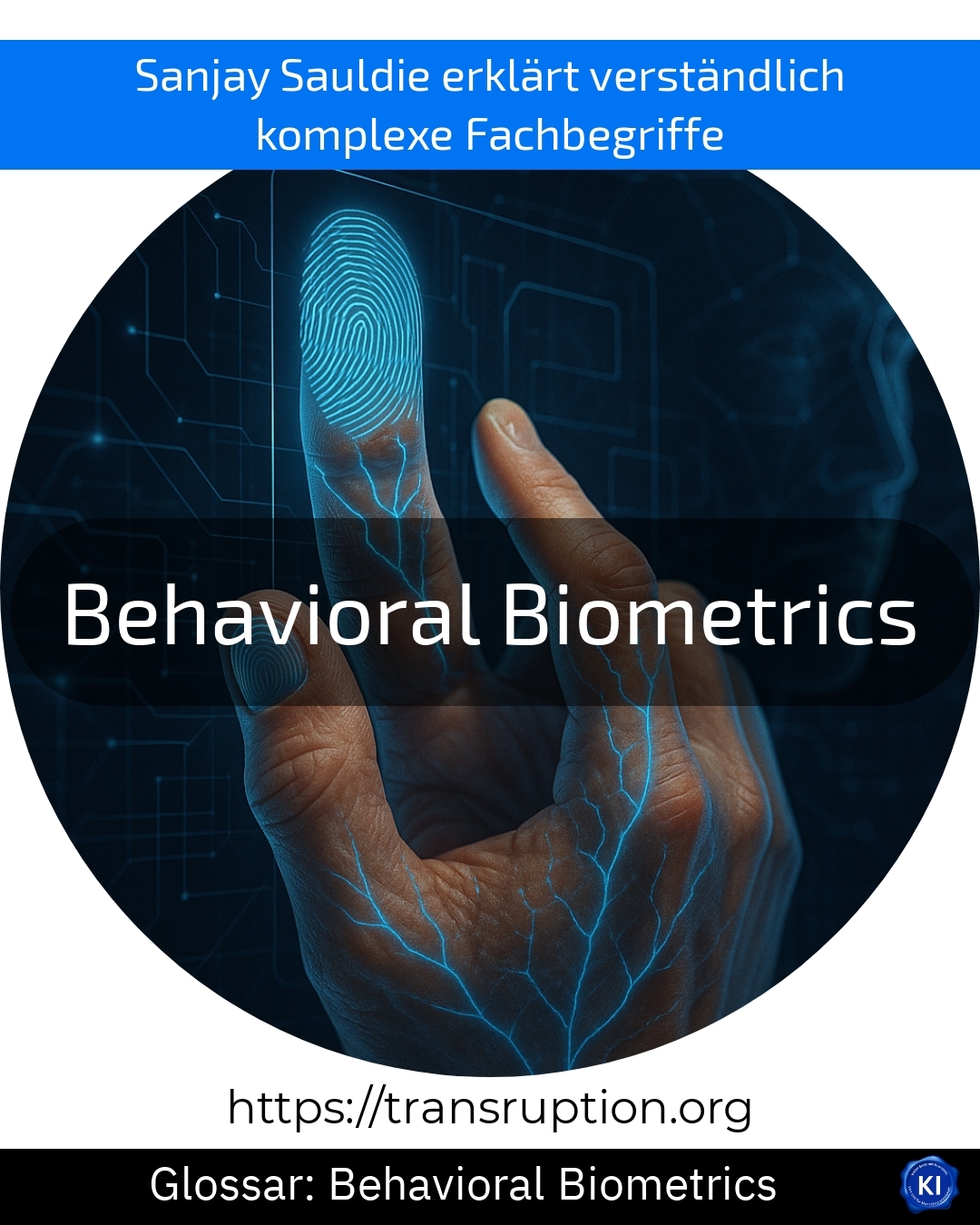Behavioural biometrics is a term used in the fields of cybercrime, cybersecurity and digital transformation. It describes a special technology that recognises people based on their unique behaviour. It does not analyse physical characteristics such as fingerprints or faces, but habits - for example, how someone types, clicks a mouse or holds a smartphone.
Imagine an online banking system monitoring how you enter your passwords and how quickly you move the mouse. These behavioural patterns are different for every person, almost as unique as a fingerprint. If a hacker now tries to log in with your access data, the system recognises that it is probably not you through deviating behaviour and sounds the alarm.
Behavioural biometrics therefore makes digital systems more secure without you having to remember additional passwords. The technology runs in the background and protects your data by recognising your personal usage patterns. This not only helps private individuals, but also companies to effectively prevent fraud or unauthorised access.















